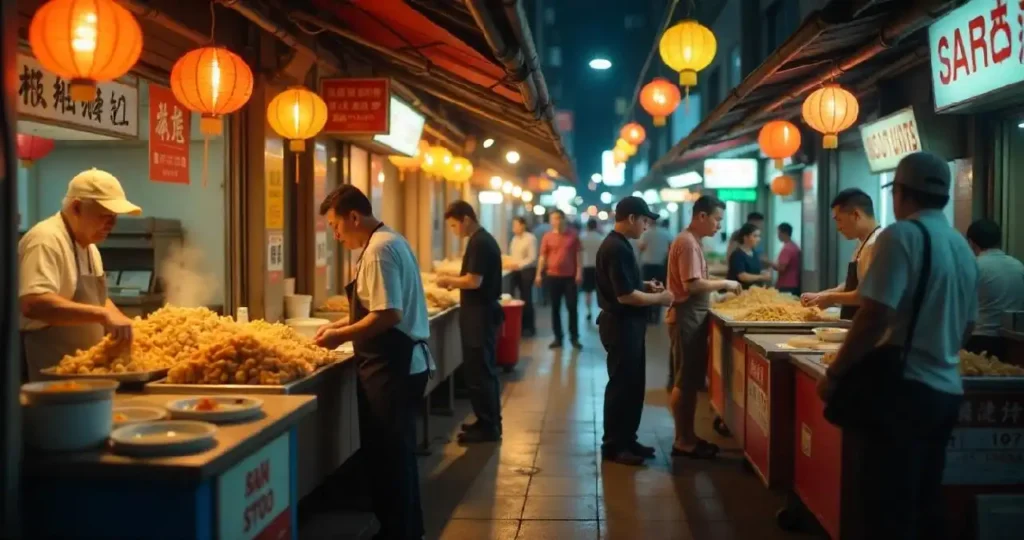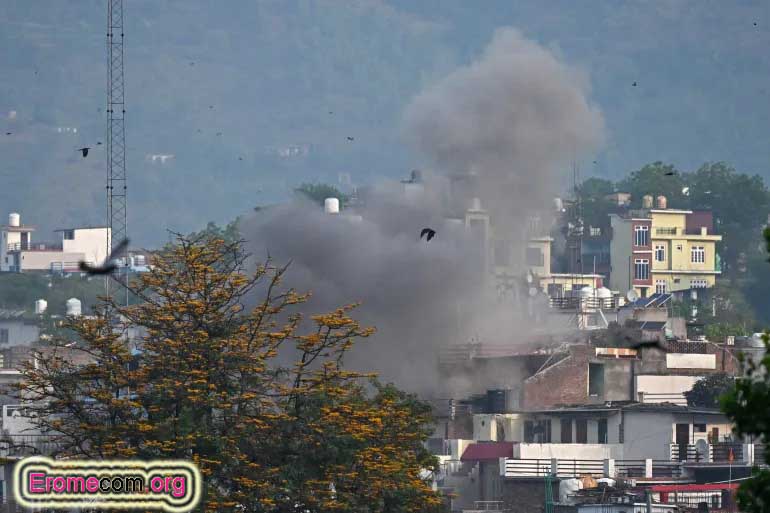When we think of Chinatown hawker centers, we imagine vibrant stalls, sizzling street food, and lively crowds. However, beneath the surface of these busy food hubs lies a lesser-known but increasingly discussed phenomenon—Chinatown hawker leftovers consumption. Whether driven by necessity, sustainability, or culture, this practice reveals much about urban life, food ethics, and how communities deal with excess and scarcity.
What is Chinatown Hawker Leftovers Consumption?
Chinatown hawker leftovers consumption refers to the use or collection of unsold, uneaten food from hawker stalls typically located in Chinatown districts. This can include partially eaten plates, untouched dishes left by diners, or end-of-day unsold meals that vendors discard or give away. While often hidden from public view, this practice is more common than one might think, especially in major cities like Singapore, Kuala Lumpur, San Francisco, and New York.
Why Does It Happen?
The reasons behind Chinatown hawker leftovers consumption are varied and complex:
-
Economic Hardship: For the homeless, elderly, or unemployed individuals living in urban areas, leftover food offers a way to survive.
-
Cultural Practices: In many Asian cultures, wasting food is seen as disrespectful. Therefore, some believe it is better for food to be eaten—even if not fresh—than thrown away.
-
Environmental Concerns: With food waste contributing heavily to climate change, some activists and organizations advocate for repurposing leftovers.
-
Community Support: Certain hawkers intentionally save their unsold items to quietly share with familiar needy faces.
A Cultural Lens: Tradition Meets Necessity
To fully grasp Chinatown hawker leftovers consumption, it’s essential to look at it through a cultural lens. In Chinese and other Asian traditions, food is sacred. Sayings like “Every grain of rice holds the labor of a farmer” reflect the deep-rooted respect for food.
In this context, leftovers are not just scraps—they’re resources. Hawker stall owners, some of whom grew up with these values, often don’t see it as charity but as fulfilling a moral duty. They may quietly offer food to those in need, understanding that rejecting waste is part of their cultural heritage.
Health and Hygiene Concerns
Despite good intentions, Chinatown hawker leftovers consumption comes with health risks. Food safety regulations are strict in many cities, especially in places like Singapore or Hong Kong, where hygiene is prioritized. Leaving cooked food out for hours in humid weather can cause bacterial growth, making the food potentially unsafe.
Because of this, some cities discourage or even ban the redistribution of leftover food. While the intention is to protect public health, it often unintentionally criminalizes acts of survival and community support.
Who’s Involved in the Practice?
There are several groups who interact with or support Chinatown hawker leftovers consumption:
-
Low-Income Individuals: They may visit hawker centers after hours, discreetly seeking leftovers.
-
Nonprofit Organizations: Some NGOs have programs that collect leftover food and redistribute it to shelters.
-
Food Activists: Environmentalists may promote leftover consumption as a way to reduce food waste.
-
Vendors and Stall Owners: Some quietly cooperate with individuals or NGOs to minimize waste and feed the needy.
Chinatown Hawker Leftovers Consumption and Social Stigma
Despite its practical value, Chinatown hawker leftovers consumption is often seen as shameful. Many people associate eating leftovers with poverty or desperation. This stigma prevents those in need from asking for help and keeps the conversation hidden.
However, the narrative is slowly changing. Documentaries, articles, and social media campaigns are bringing this issue into the spotlight. Younger generations are more open to discussions around sustainability and food sharing, helping reduce the shame often attached to consuming leftovers.
Case Study: Singapore’s Chinatown
Singapore is famous for its cleanliness and efficient governance. Still, Chinatown hawker leftovers consumption exists quietly here. Some elderly individuals visit hawker centers during late hours, waiting for stalls to pack up. Kind-hearted vendors often save untouched or freshly cooked food and hand it out discreetly.
To deal with safety concerns, community groups like Food Rescue SG have emerged. These organizations work with hawkers to collect edible food before it spoils. Volunteers then redistribute it to homes, shelters, or directly to those in need. It’s an example of how cities can balance hygiene and compassion.
Sustainability and Food Waste
Globally, about one-third of all food produced is wasted. Yet millions suffer from hunger. In this context, Chinatown hawker leftovers consumption is not just about survival—it’s a small but important solution to a massive global problem.
Encouraging this practice under safe conditions can significantly reduce food waste. Governments, too, can play a role by offering tax incentives to vendors who donate unsold food or by creating legal protections that allow food redistribution without fear of liability.
Can Policy Make a Difference?
For Chinatown hawker leftovers consumption to evolve into a respected practice, policy change is crucial:
-
Good Samaritan Laws can protect vendors who donate leftovers in good faith.
-
Health Guidelines for safe food handling and storage can help NGOs distribute food without risk.
-
Public Education Campaigns can reduce stigma and raise awareness about the value of saving food.
By turning informal acts of kindness into structured programs, cities can nourish both people and the planet.
Conclusion: Leftovers with Meaning
What we call “leftovers” are often misunderstood. In the world of Chinatown hawker leftovers consumption, they represent more than uneaten meals. They tell stories of resilience, generosity, and the silent networks of support that exist within our urban communities.
Rather than turning a blind eye to the practice, it’s time we view it through a lens of empathy and sustainability. With thoughtful policy, education, and compassion, Chinatown hawker leftovers consumption can be a symbol of how modern society cares for its most vulnerable—while also caring for the Earth.


